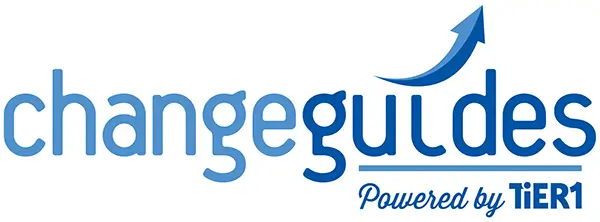The Impact of Culture on Organizational Change
You may have heard it before… “Culture eats Strategy for breakfast.”
An organization with the best strategy in the world, but a culture that won’t allow it to make that strategy happen is doomed from the outset. Want to be the first to market with the most innovative products, but live in an organization that is full of bureaucracy and afraid to take risks? Fat chance you’ll be the first one anywhere. Want to have the highest quality, lowest failure rate of anyone but live in an organization where rules are lax and people make decisions quickly without much data? Chances are you will be chasing initiative after initiative trying to make your goals happen to no avail.
Culture is the sum of the beliefs and values that shape norms of behavior and dictate the ways things get done. There are several continuums that help define an organization’s culture. Is the organization driven by results and achievement, or relationships and people? Does the organization have an internal focus, or an external focus? Is the organization adaptive and flexible, or is it structured and stable?
Culture tells you a lot about an organization. What messages do leaders send with their words and actions? What type of behavior is being reinforced? Is conflict and risk encouraged or hindered? How do people communicate? How do people learn and share company knowledge? Is the organization open to change?
Some think that it’s too hard to change culture… that we can’t change it even if we know what gaps we have between our current state and our desired culture. Not true. There are real, tactical activities and leadership actions that can shape a new culture.
For example, if the organization lacks the needed focus on customers, then insist that every manager and above spend at least one day a quarter out in the field with customers. Or if your organization makes decisions on the fly and doesn’t us import data (not a good thing for, say, a pharmaceutical company), then insist that all projects use Six Sigma or similar tools. Or if your organization is too cautious and can’t move quickly enough to respond to new demands (not a good thing for, say, a software company), verbally encourage teams to make decisions faster and try new things… and then throw a big party the first time one fails as visible demonstration that we appreciate and value risk-taking and new ideas.
If we are serious about change in an organization, we can’t ignore the organization’s culture. If that culture is not consistent with the change that needs to come about, then the culture needs to be addressed head on. If we as leaders decide that we don’t want to do our part to change the culture, then we will live with the consequences of failure.
